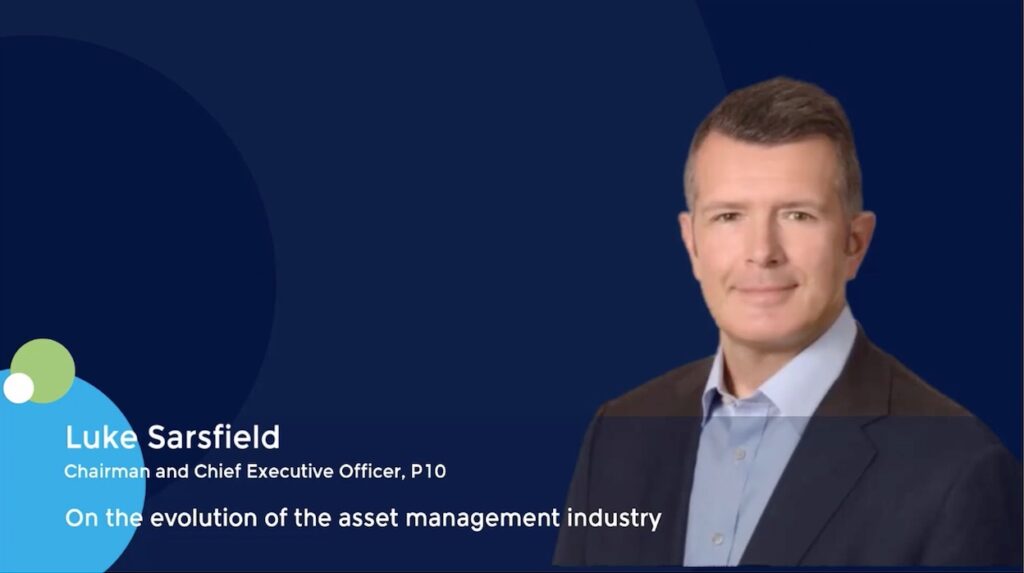Buoyant M&A activity continuing in Australia’s gold sector
Summary
Buoyant M&A activity in Australia’s gold sector is largely being driven by the gold price, producers’ needs to ‘buy’ ounces, and the need for scale, said industry executives and advisors. Against this is the challenge of valuation and social issues.
In what is the fourth proposal for an Australian listed gold miner this year, earlier this month Ramelius announced a dual scheme/takeover deal structure to acquire Spartan, implying a fully diluted equity value for Spartan of AUD 2.4bn.
According to Dealreporter Analytics, takeover proposals involving listed Australian explorers/developers with gold in their portfolios reached 13 in 2024, up from 9 in 2020, while the gold price surged nearly 70% over this period. This year has already seen three deals proposed – in addition to Spartan, Torque Metals has a board-agreed proposal for Aston Minerals, Matsa Resources’ board has rejected a proposal from Patronus Resources, and Astral Resources’ off-market takeover bid for Maximus Resources has been declared unconditional.
Since 2020 there have been 57 takeover proposals for Australia’s publicly listed explorers/developers with gold in their portfolios. Of these 43 were completed, 10 lapsed, and four are pending (in addition to the three proposals announced this year, Northern Star’s proposal for De Grey Mining has a scheme meeting scheduled for 16 April).
Of the 43 completed deals, 20 are scrip deals, 18 deals are cash-only and five are cash+scrip.
Listcorp counts 165 gold companies remaining on the ASX. Besides Spartan and Ramelius, only 14 gold miners have a market cap of over AUD 2bn.
Westgold CEO Wayne Bramwell, who is also chair of peak body the Gold Industry Group, cited multiple factors driving this deal activity. These include changing geopolitical risks and a lack of exploration expenditure requiring producers to ‘buy’ ounces to extend mine lives or production profiles. “Higher grade, larger scale operations enhance the opportunities to drive costs lower and shift companies down the cost curve to the lower quartiles is front of mind in all cyclic commodity markets.”
Bramwell said those firms with large cash balances, diminishing production profiles and/or short mine lives are the more active M&A players. The challenges being faced are in finding value and benefits for both sets of shareholders.
For his part, Pontaro MD Paul Cmrlec said M&A is largely driven by the need for scale, operational efficiency and resource replacement. “Many mid-tier and major producers are looking to consolidate assets to extend mine life, increase production, and lower costs through synergies.”
He added that declining global discovery rates make M&A a key strategy for replacing ounces in the ground rather than relying solely on exploration. “Strong gold prices have also provided producers with the financial strength to pursue growth through acquisitions, particularly those with minimal hedge books that are benefiting from spot price movements.”
He agreed with Bramwell that a key challenge is valuation. “Every company believes its asset is worth more than the next, so agreeing value is always difficult. Additionally, when assessing another party’s Mineral Resource, natural conservatism often comes into play. What may seem obvious to one company may not be fully accepted by an external party.”
Cmrlec highlighted strong activity from mid-tier and large producers looking to grow inorganically through consolidation of assets, especially where their own organic opportunity is limited. “These companies are particularly focused on acquiring high-quality, long-life assets that can enhance production profiles.”
He added that private equity has also shown interest, with some groups identifying the upside in gold early in the cycle. “At the junior end of the market, we’ve seen a shift as explorers and early-stage developers turn to gold, driven in part by more rational pricing in industrial minerals like lithium and rare earths.”
Great Boulder Resources MD Andrew Paterson too highlighted gold producers making record margins given the gold price and generating strong cashflows and profits. He added that at the same time, capital markets are becoming supportive of any funding associated with new gold projects. “Availability of funding from markets and operations in the gold sector is fuelling M&A activity.”
He noted that there has been M&A activity across the gold sector – the acquisition of De Grey is the largest-ever acquisition of an undeveloped gold company on the ASX and at the smaller end some ASX companies have merged to create assets of sufficient scale to allow for project development.
Jamie Hannah, deputy head of investments at VanEck, noted the strong correlation between the gold price and M&A activity. He calculates that the average cost to produce an ounce of gold is around USD 1500 while the gold price is around USD 3000 per ounce. “This means there is lots of cash flow and free assets to generate M&A, especially after a period when efficiencies and costs have been driven hard.” He sees no reason why M&A activity should slow if the gold price remains high.
A sector banker said greater consolidation has been expected for the past decade, gold is a scale game and there are many gold small caps. “The main issue is not so much the strategic logic – which there is – but social issues around executives who want to safeguard their turf in a small world. There are also a lot of asset snobs which makes negotiated valuation difficult to find.”
An industry source argued every gold producer will be checking their share prices, and cash flows to see if they can do M&A. “Some are pushing a bit further with some assets that may not be valued that much in another market. Or in another market, people may be able to be more strategic and take a longer view on those assets, but now it is getting quicker.”
He cited the challenges as determining what assets are worth buying and valuation expectations. “If you are looking to acquire, you are paying full value, or possibly over value. So the valuation will continue to be toppy, which may challenge some conservative boards.”














